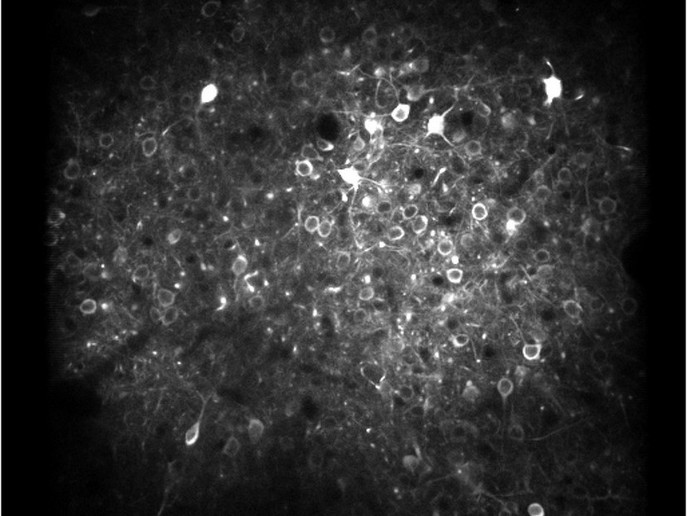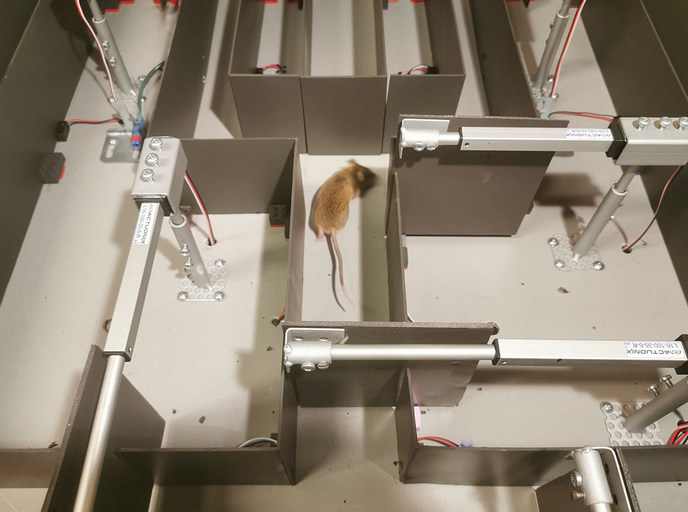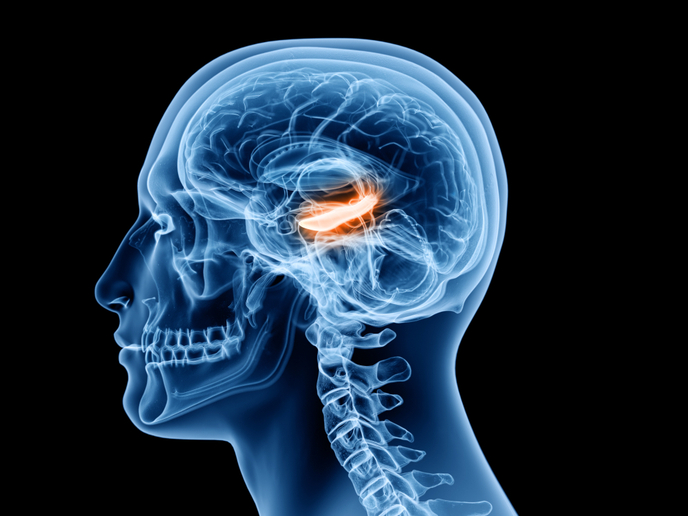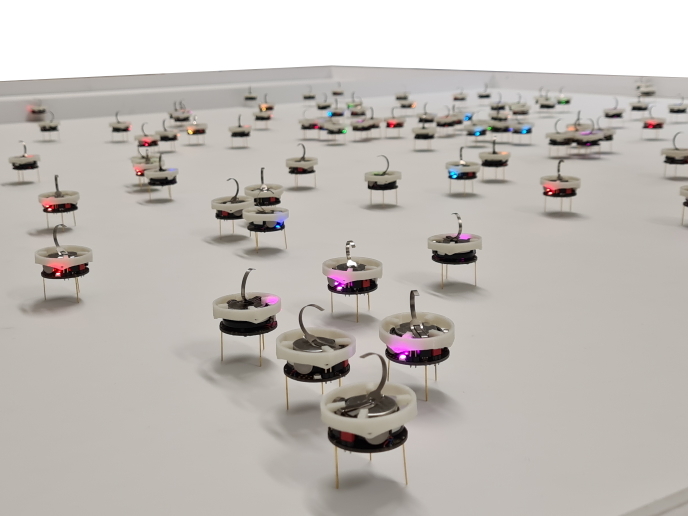Spatiotemporal firing patterns during tactile processing in sensory cortex
The brain processes multimodal sensory information in space and time, enabling us to perceive, respond to, and even make predictions about the world around us. While this sensory integration and processing is well-known at the level of brain regions, it is less clear at the level of individual neurons. Such resolution has long been inaccessible in alert, behaving animals. With the support of the Marie Skłodowska-Curie Actions (MSCA) programme, the EnlightenedLoom project investigated the responses of individual excitatory neurons in somatosensory cortex to tactile input using a combination of behavioural, optical and computational methods.
‘Flashing shuttles’ come into view with two-photon calcium imaging
MSCA fellow Mariangela Panniello, working in the Optical Approaches to Brain Function group of her project supervisor Tommaso Fellin at the Italian Institute of Technology (IIT), chose her project title from the words of Charles Sherrington, one of the fathers of modern neurophysiology. “Swiftly the head mass becomes an enchanted loom where millions of flashing shuttles weave a dissolving pattern…,” he wrote in 1942, anticipating much of what today’s neuroscientists are lucky enough to witness thanks to technological advancements. Two-photon calcium imaging enables recording the simultaneous activity of large populations of neurons with single-cell resolution. For her imaging experiments, Panniello designed and tested a novel, more controlled, and specific behavioural paradigm relative to conventional approaches – a wheel rotating at different speeds and directions against a mouse’s whiskers. “The two-photon calcium imaging data I produced while using my novel behavioural paradigm for studying tactile perception will constitute a new reference in the investigation of somatosensory processing,” she notes.
Noradrenaline effects in cortical sensory processing
In the cerebral cortex, the spatiotemporal firing patterns of excitatory neurons are modulated by other neurons and neurotransmitters according to context and experience. Panniello studied noradrenaline and its potential role in the processing of familiar versus unexpected tactile stimuli in sensory cortex. “The noradrenaline probe I used – nLight – is a novel, powerful tool for studying the interaction between spiking activity and neuromodulation in real time and at unprecedented spatial resolution. I have demonstrated that nLight is sensitive and specific enough to be deployed in two-photon calcium imaging experiments, a long-sought goal,” Panniello says. Significant technical challenges regarding the sensitivity of current noradrenaline sensors prohibited combined collection of both calcium imaging and noradrenaline data in the project duration. However, Panniello has laid the groundwork for resolving these challenges and conducting combined imaging experiments in the future.
Information theory and primary somatosensory cortex
Panniello also pioneered a novel neurocomputational look at somatosensory processing. “By applying information theory to the study of tactile processing in primary somatosensory cortex for the first time, I have revealed that neurons in this region are able to represent not only basic features of sensory objects such as position, roughness or shape but also information related to the animal’s perception of presented objects. The related manuscript was published recently. Panniello’s multidisciplinary studies of tactile processing in sensory cortex offer a new perspective on the role of sensory cortex in information processing. A reference for new studies, they also lay the foundations for understanding the role played by these regions in neurological conditions and the design of targeted intervention addressing them.
Keywords
EnlightenedLoom, sensory cortex, neurons, noradrenaline, two-photon calcium imaging, neuromodulation, tactile processing, excitatory neurons, perception, somatosensory, nLight







